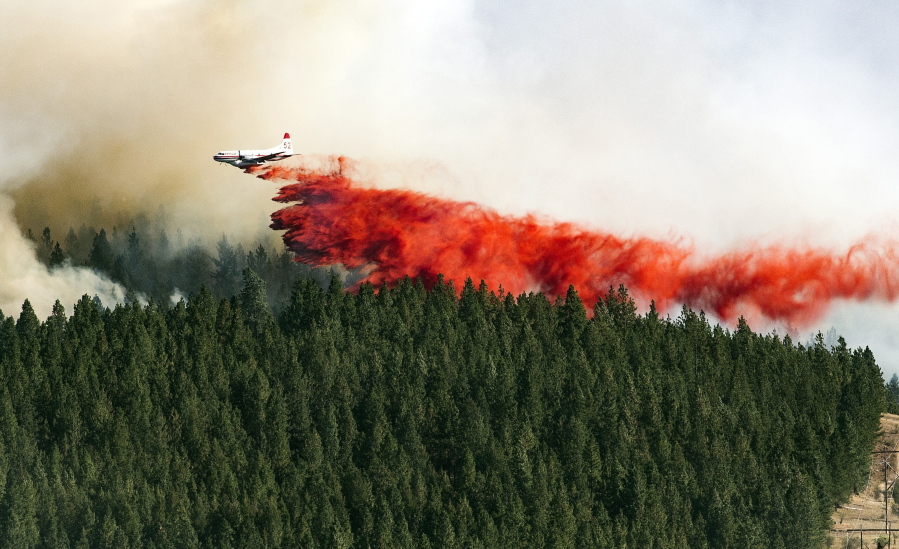BOISE, Idaho — Wildfires this summer are expected to be most severe in southwestern U.S. states, Florida, Georgia and in some parts of California and Nevada, forecasters said Monday.
The summer 2017 fire outlook issued by the National Interagency Fire Center in Boise also said heavy winter snow and spring rains that flooded many Western states will probably delay the onset of this season’s worst wildfires.
“In the broadest sense, some parts of the country with higher elevation could see a lighter fire year,” said Ed Delgado, the office’s head of predictive services. “In other parts, there may not be a huge risk right now but things could dry out really quickly.”
The threat of wildfires is expected to be normal or below normal for northwestern states, Alaska, Hawaii, Idaho, Wyoming and most of Utah.
The forecast could change if temperatures soar late in the summer and grasses and other vegetation that grew due to wet weather and flooding dries, turning it into fuel for wildfires.
“There is concern regarding elevated fire potential in July and August across the lower elevations of much of western and northern Nevada and possibly into southwest Idaho,” the report said.
Forecasters noted that south-central Alaska could see a burst of intense fire activity sometime this summer due to ongoing drought conditions. In the northwestern U.S. states, fire risks could also surge if temperatures rise in July and particularly in August — forcing the state’s fire season to stretch into the fall.
In California, infestations of bark beetles that kill trees in forests in the foothills of the Sierra Nevada could cause the wildfire risk to increase in May and June.
“Drought is a two-sided coin,” Delgado said. “You tend to get a lot of finer fuel growth in lower elevation areas during wet years. But adding that lower level fuel has the potential to help carry fires to stressed forests, areas that have a lot of dead or dying trees already from the dry years.”
Wildfires have already broken out in Florida, southeastern Georgia, Arizona and New Mexico. Ten new large wildfires were reported as of last week, burning more than 300 square miles. Eight of those fires are currently burning in Florida.
“Heavy growth of fine fuels across southern Arizona and southwestern New Mexico have led to above normal fire potential along the Mexican border that should persist through June before the monsoonal rains arrive in early July,” forecasters wrote in the report.
Delgado said too many factors are involved in predicting fire seasons to make direct comparisons to various years.
Last year, 8,600 square miles were scorched across the U.S., mostly in Western states. Six fires burned more than 156 square miles each.
The cost suppressing last year’s wildfire season was $1.97 billion.



